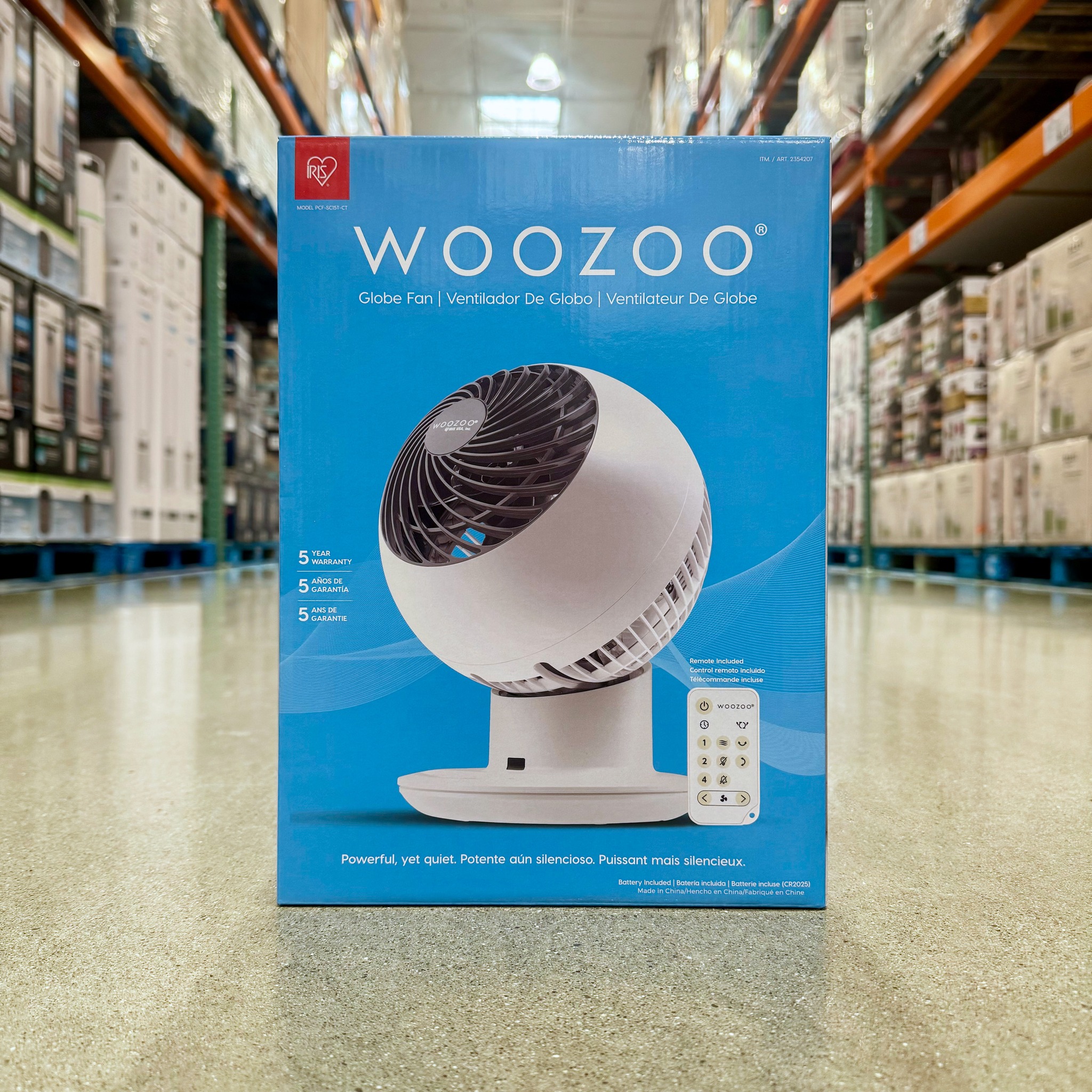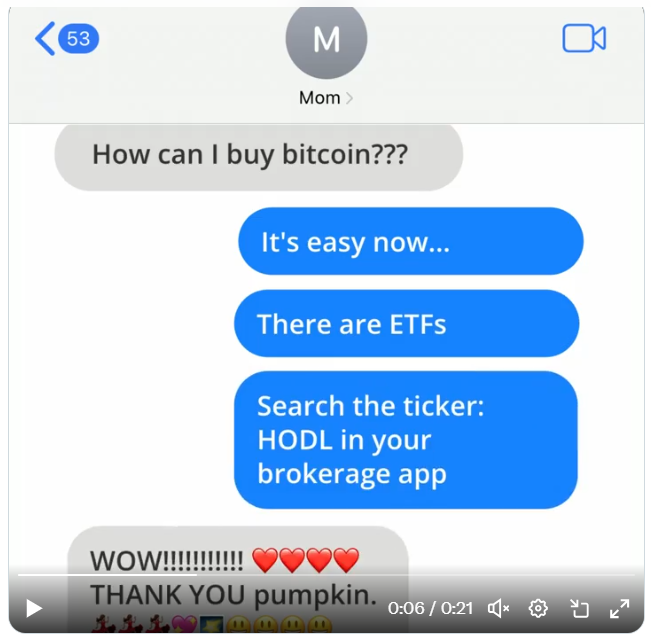In a previous post, we examined 4 of the biggest brands in the world and how they’re marketing to older adults to establish brands Baby Boomers love. While many brands continue to shift their sights and target the younger demographics, America’s spending power remains with the Boomers. In fact, according to data from the Federal Reserve, Baby Boomers (currently ages 60–78 years old) own more than half of the nation’s assets, yet make up only 21% of the U.S. population. (The next closest generation, Generation X, owns just 28% of the nation’s wealth.) And they’re spending it. Despite economic challenges, Baby Boomers and the preceding Traditionalist generation (born 1928–1945) are the only two cohorts that have increased their spending while other generations have cut back, says Investopedia. Boomers now make up 40% of all consumption in the U.S. And how do Baby Boomers decide where to spend their money? Largely, branding. Baby Boomers are significantly more likely than any other generation to say a brand’s reputation, the quality of the brand’s products and services and excellent customer service matter more than price, according to Marigold’s 2024 United States Consumer Trends Index. In this post, we’ll look at 3 more brands, how they’re targeting Baby Boomers and how marketers in senior living and 55+ active adult communities can apply these strategies to their own marketing.
1. Costco: Listening to what Baby Boomers need and want
What can’t you find at Costco? It seems the members-only retailer sells just about everything. Even still, they’ve expanded their offerings to include more items specifically targeted to older adults. By doing so, Costco has made two things clear:
They’re willing to adapt to meet the needs of their customers, including the lucrative Baby Boomer market.
They’re ready to compete in unfamiliar spaces and force more established companies to increase the quality of their products and lower their prices.
Among the bevy of groceries, gadgets and appliances you can buy at Costco are senior products such as hearing aids, medical alert systems and more. In addition to positioning itself as the most cost-effective solution for Baby Boomer products, with Costco’s focus on service and practicality, the brand is emerging as a leader among Boomers — it’s the third leading retailer among Baby Boomers’ spend. For so many Americans, Costco is already a part of their weekly routine and has been for decades. As people age, the chain will continue to expand its product line to meet their evolving needs. With Costco already being their go-to one-stop shop with products they love, it’s not hard to envision it being their first choice when it comes to their changing needs as well. Part of their approach is evident on their website. All it takes is one look at the Costco Hearing Aid Center to realize their goal is to make it as easy as possible for people to buy their product. The price is among the first things you see on the page — it’s large, it’s bold and you can’t miss it. And as you scroll down, they provide more information about hearing aid styles, suppliers, accessories and how customers can schedule a visit for a hearing test.

It doesn’t stop there either. Costco offers free hearing tests, free product demonstrations and free hearing aid cleaning. If other hearing aid companies aren’t offering easy access to information about their products and free hearing tests, they risk getting left behind while Costco continues to be among the brands Baby Boomers love. This very same notion applies to senior living and active adult communities that fail to adapt: Providing easy access to information about your products and helpful tools to aid in decision-making is key for attracting Baby Boomers.
You can also see Costco’s approach in its social media:
Posts are short and to the point, with a clear, consistent visuals. The lesson for senior living and 55+ marketers: Lengthy ad copy and flashy designs are easy to ignore.

2. WALMART: Leveraging the value of scale and ad presence
More than any other retailer, Baby Boomers spend their dollars at Walmart — making up 21% of their spend on consumer goods and general merchandise. Like Costco, Walmart offers shoppers the convenience of multiple product categories under one roof, brands that consumers know and love and highly value. Any by optimizing their supply chain, Walmart is able to offer products at a competitive price point. While consumers from every generation shop at Walmart, Baby Boomers lead the other generations in terms of brand popularity, usage and loyalty, according to a survey by Statista. Part of Walmart’s strategy is to be present on social media: Around 40 percent of grocery store users reported seeing Walmart in social media within the three months preceding the survey. The lesson for marketers: While senior living and 55+ communities don’t sell other brands, they can partner with them. Are there beloved local restaurants, stores or traditions that are popular among your audience? Consider partnering with them to provide a joint experience your Baby Boomer audience will love. And if you’re not already leveraging social media ads, you’re not meeting your audience where they are: online.
3. DOS EQUIS: Among the most interesting Brands Baby Boomers love
Baby Boomers don’t feel “old” and we shouldn’t be marketing to them as such. Dos Equis is among the leading brands that understands this concept. Back in 2006, when other beer brands were marketing to a young, partying consumer and sales on imported beer were dipping, Dos Equis launched its “Most Interesting Man in the World” campaign, featuring actor Jonathan Goldsmith, an attractive, older gentleman. The campaign went on to run for 12 years, not only significantly increasing sales but also sparking organic internet memes using a variation of the campaign’s tagline: “I don’t always drink beer, but when I do I prefer Dos Equis.” To this day, Dos Equis makes it clear that age and experience is highly valued, as evidenced by the splash page on their website that greets consumers when it first loads:




